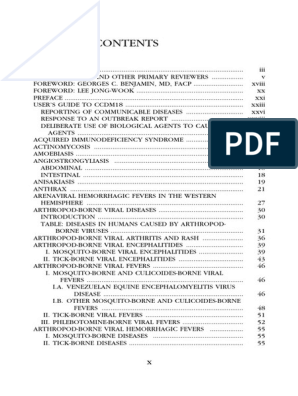0% found this document useful (0 votes)
147 views4 pagesUnit Test For Grade 9 Science
This document contains a 30 question multiple choice science test on the circulatory and respiratory systems for a 9th grade class. The test covers topics like the structure of the heart, components of the circulatory system, heart valves, blood vessel types, lung anatomy, respiratory tract parts, and common respiratory diseases. It concludes with a quote about preparation being the key to success.
Uploaded by
Patricia Mae SalazarCopyright
© © All Rights Reserved
We take content rights seriously. If you suspect this is your content, claim it here.
Available Formats
Download as PDF, TXT or read online on Scribd
0% found this document useful (0 votes)
147 views4 pagesUnit Test For Grade 9 Science
This document contains a 30 question multiple choice science test on the circulatory and respiratory systems for a 9th grade class. The test covers topics like the structure of the heart, components of the circulatory system, heart valves, blood vessel types, lung anatomy, respiratory tract parts, and common respiratory diseases. It concludes with a quote about preparation being the key to success.
Uploaded by
Patricia Mae SalazarCopyright
© © All Rights Reserved
We take content rights seriously. If you suspect this is your content, claim it here.
Available Formats
Download as PDF, TXT or read online on Scribd
/ 4

























































































